From the Chicago Reader (September 10, 1993). — J.R.
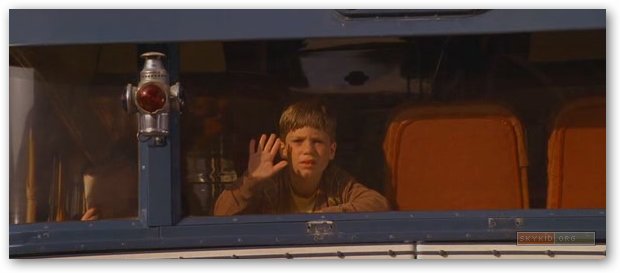
The most impressive thing about Steven Soderbergh’s third feature (after sex, lies, and videotape and Kakfa) — an adaptation of A.E. Hotchner’s childhood memoirs, rich in period flavor — is that it’s set in Saint Louis in 1933, roughly three decades before Soderbergh was born, yet it offers a pungent and wholly believable portrait of what living through the Depression was like. Soderbergh gets an uncommonly good lead performance out of Jesse Bradford as the resourceful 12-year-old hero, living in a seedy hotel and steadily losing the members of his family: his kid brother (Cameron Boyd) gets shipped off to an uncle, his mother (Lisa Eichhorn) to a sanitarium, and then his German father (Jeroen Krabbe) goes off to try to make money as a door-to-door watch salesman. We also learn a fair amount about the hero’s neighbors (Spalding Gray, Elizabeth McGovern, Adrien Brody) and schoolmates, and Soderbergh does a fine job of keeping us interested and engaged without stooping to sentimentality. This is a lovely piece of work. Fine Arts.
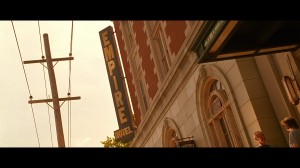
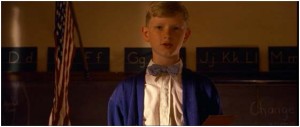 Read more
Read more
The second part (roughly the second half) of Chapter One of my most popular book, Movie Wars: How Hollywood and the Media Limit What Films We Can See (2000); for the first half, go here. The illustration below is from the now out-of -print English edition. — J.R.
Is the Cinema Really Dead?
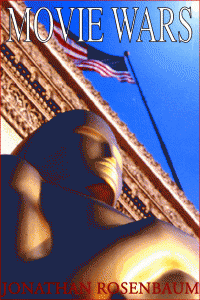
Susan Sontag’s essay “A Century of Cinema” — a generational lament whose validity for me both rests on and is partially thrown into doubt by its generational stance — has by now appeared in many languages around the world as well as in many different English-language publications, including the The New York Times Magazine (February 25, 1996), the “movie issue” of Parnassus: Poetry in Review (volume 22, nos. 1 & 2, 1997), The Guardian, and at least two book-length collections of essays. I’ve noted many interesting variations in this piece as it’s appeared in various settings, and assume that some of these represent subsequent revisions or afterthoughts on Sontag’s part. But the most striking differences appear between the first version published in America — in The New York Times Magazine, with the strikingly different title “The Decay of Cinema” — and all the others, and I assume that these, including the title, stem from editorial interventions, or at the very least collaborations between Sontag and her editor or editors at the Times. Read more
From Chris Fujiwara’s 800-page collection Defining Moments in Movies (London: Cassell, 2007).
I’ve just read an advance copy of a terrific new book about this film by Nick Pinkerton, endlessly informative and packed with ideas. Don’t miss it! Fireflies Press is publishing it.– J.R.
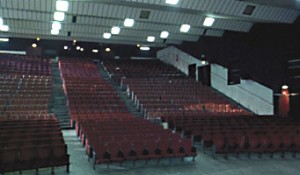
Scene
2003 / Goodbye, Dragon Inn – The shot of the empty auditorium near the end.
Taiwan. Director: Ming-liang Tsai. Original title: Bu san.
Why it’s Key: A minimalist master shows what can be done with an empty movie-theater auditorium.
One singular aspect of Ming-liang Tsai’s masterpiece is how well it plays. I’ve seen it twice with a packed film-festival audience, and both times, during a shot of an empty cinema auditorium, where nothing happens for over two minutes, you could hear a pin drop. Tsai makes it a climactic epic moment.
Indeed, for all its minimalism, Goodbye, Dragon Inn fulfills many agendas. It’s a failed heterosexual love story, a gay cruising saga, a Taiwanese Last Picture Show, a creepy ghost story, a melancholy tone poem, and a wry comedy. A cavernous Taipei movie palace on its last legs is showing King Hu’s 1966 hit Dragon Inn to a tiny audience — including a couple of the film’s stars, who linger like ghosts after everyone else has left — while a rainstorm rages outside. Read more





